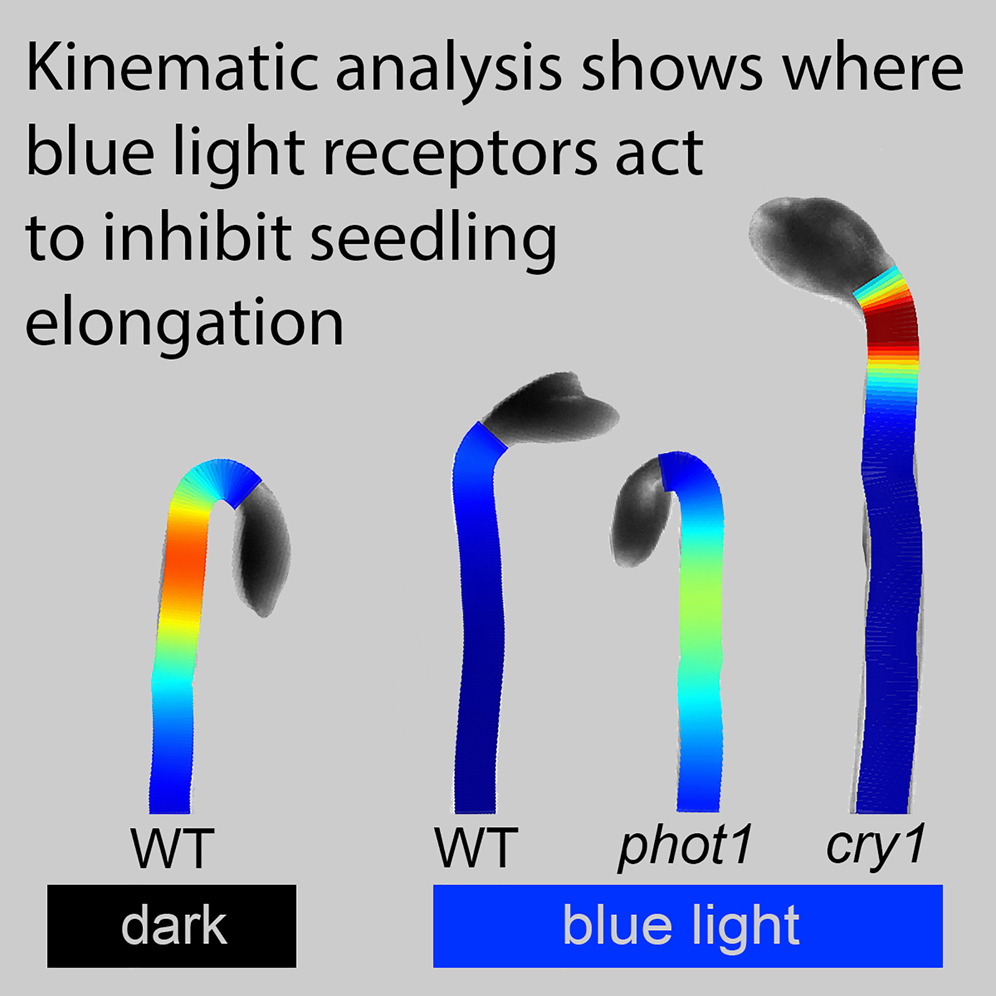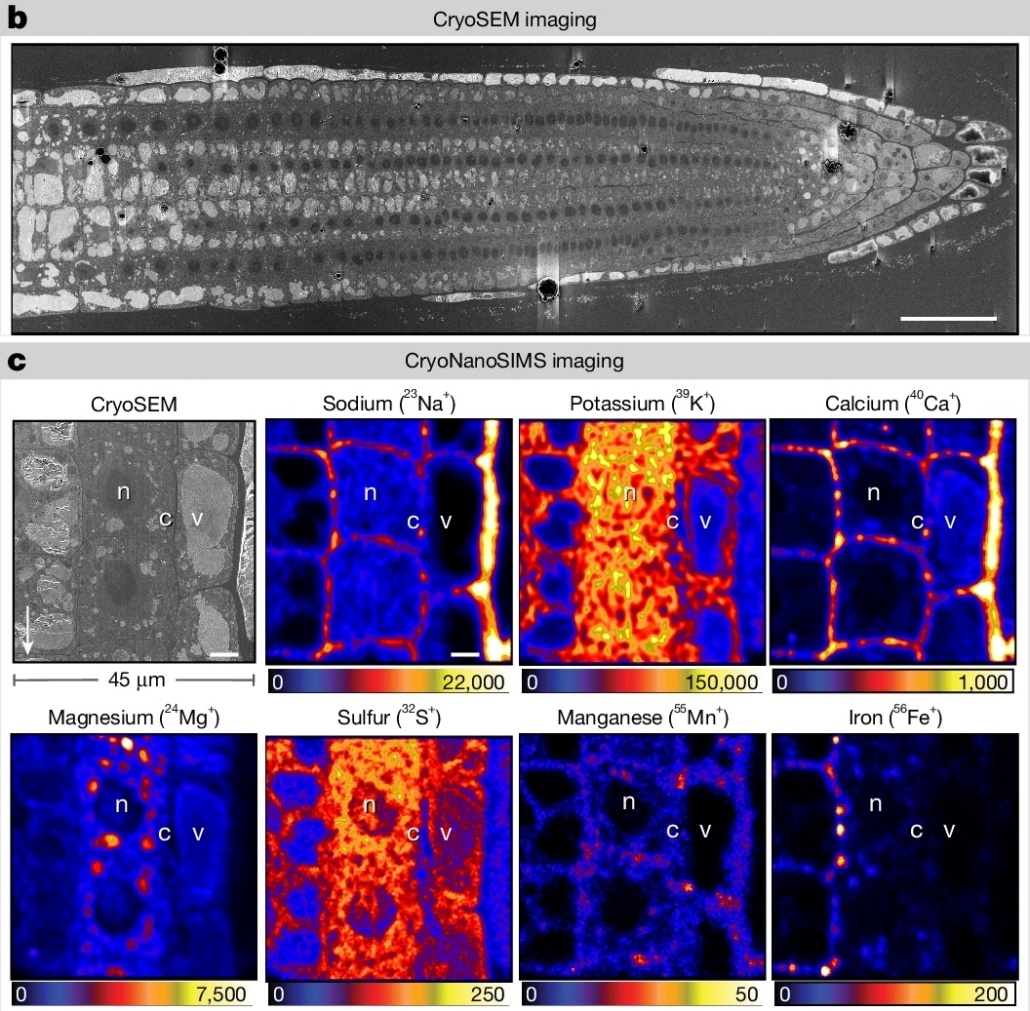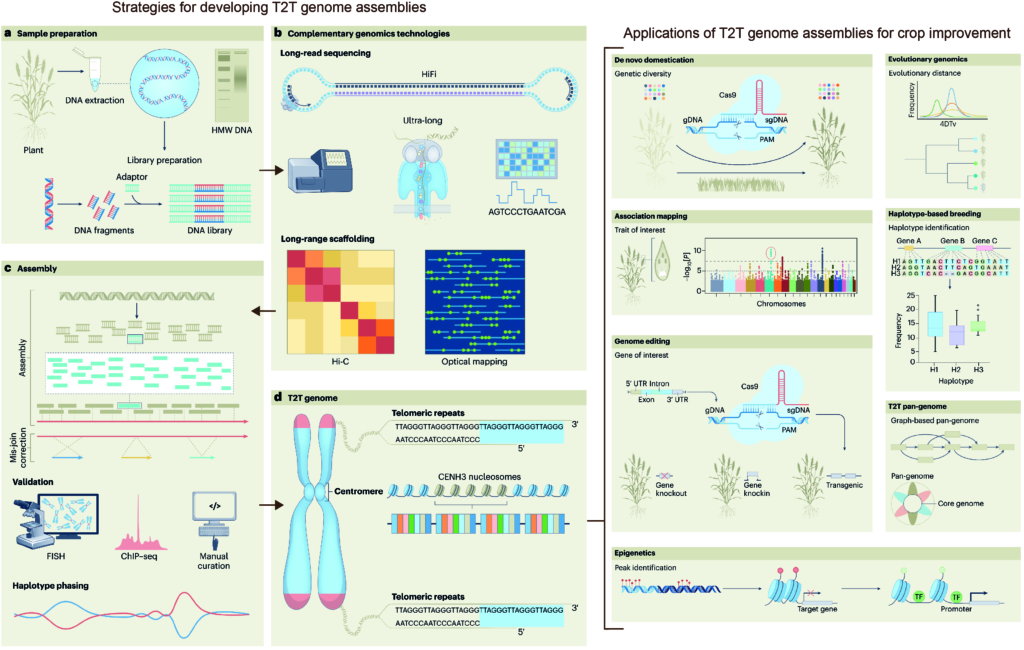
Two blue-light photoreceptors (cry1 and phot1) function differently in hypocotyl light responses
Plant Science Research WeeklyPlants have several types of light receptors that control various responses to light, such as leaf expansion, time-of-flowering, and hypocotyl elongation. When seeds are germinated in the dark, their hypocotyl elongates rapidly because darkness is perceived as being deep underground; the elongation is…

Perspective: How should the advancement of large language models affect the practice of science?
Plant Science Research Weekly
Perspective: How should the advancement of large language models affect the practice of science?
In this thought-provoking Perspective, four sets of authors express their opinions about the use of Large Language Models (such as ChatGPT) in the practice of science. Each essay is well reasoned,…

SOS1, salt, and cryo-imaging of subcellular element distribution
Blog, Plant Science Research WeeklyFor living organisms, proper control of element location is just as important as the control of enzyme location, but harder to study. A new study by Ramakrishna et al. uses an exciting new technology, cryo nanoscale secondary ion mass spectrometry ion microprobe, to investigate elemental distribution…

Single cell transcriptomics after mild drought reveals two types of mesophyll responses
Plant Science Research WeeklySingle-cell transcriptomics offer unprecedented insights into how plants respond to their environment. Although this technique is powerful, it requires extensive processing of the tissue (cell wall digestion to form protoplasts) prior to sequencing, which can induce additional transcriptional changes.…

Review: Unlocking plant genetics with telomere-to-telomere genome assemblies
Plant Science Research WeeklyThe era of complete telomere-to-telomere (T2T) plant genomes is finally here! Recent advances in long-read sequencing technologies have revolutionized genome assembly, giving rise to gapless T2T assemblies and offering unprecedented insights into genome organization and function. Why are T2T genomes…

SAM-seq: A novel approach for unraveling plant epigenetic complexity
Plant Science Research WeeklyThe complex interplay between nucleosome positioning, DNA methylation, and chromatin accessibility is crucial for genome regulation in eukaryotic organisms. However, current chromatin profiling methods, which rely on short-read sequencing, fail to characterize highly repetitive genomic regions and cannot…

Development of a structure-switching aptamer-based nanosensor for salicylic acid detection
Plant Science Research WeeklyAptamers are single-stranded DNAs that fold into tertiary structures that bind specifically to various targets, allowing them to serve as probes or sensors. In this study, Chen et al. introduce a cutting-edge aptamer-based nanopore thin film sensor designed to detect salicylic acid (SA), an important…

SIMPEL tool to elucidate dynamics of complex metabolism
Plant Science Research WeeklyCellular metabolism involves flux through metabolic routes, which can be measured using stable isotope (13C,15N) tracers. High-resolution mass spectrometry (HRMS) and transient isotope labeling studies offer an opportunity to get an in-depth understanding of metabolism in specific contexts. In this new…

